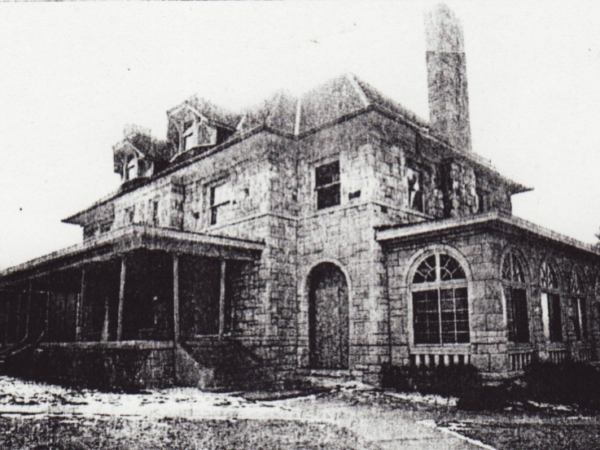
Today’s historical post looks at the block from Armour to 36th Street, from Main to Walnut, a block that undertook a radical transformation in a few brief decades. From an exclusive enclave of wealthy families like the Armours in the early 1900s, the block became a center of culture around the Conservatory of Music in the 1940s, as Main Street moved from a block of fine homes to a major commercial corridor.
As part of our Uncovering History Project, the Midtown KC Post is examining each block in Midtown. A set of 1940 tax assessment photos is available for many blocks.
This week, the block from Armour Boulevard to W. 36th Street, from Main to Walnut.

For a brief period in the early years of 1900, there was not a more prestigious area of Kansas City than Armour around Main Street.
The Armours of the famed meat packing company built luxurious homes on the north side of the street that took their family name. On this block, Charles Armour had his home at the corner of Armour and Walnut. On the other side of Armour, his brother Kirk Armour had built his mansion, and other family members moved in nearby.
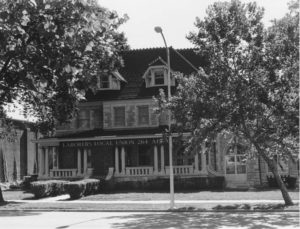
The former Fowler residence in 1969.
Next door lived grain commissioner Henry Fowler. Along Walnut Street to the south, millionaire Alexander Frasier lived until his death in 1911. He owned the Argyle Building at 12th and McGee and had a large interest in the Elm Ridge race track property.
Another of the large homes on Walnut was built for the Armour Company’s J.W. Strong Reid, who sold his home in 1903 when he was transferred to Chicago. Grain trader Thomas Brodnax bought the house that year and occupied it at least through 1930.

A New Cultural Purpose: Conservatory of Music Dominates the Block
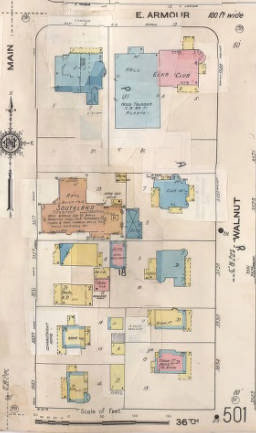
The same block in a 1907-1950 Sanborn map.
The change came in the 1940s for several reasons. The families who had settled on the block moved south as the city expanded. Their large homes, left behind, became ideal spots for cultural institutions looking to expand in Midtown.
On this block, the Conservatory of Music, which started downtown in 1907, moved into the former Charles Armour mansion. In 1944, the thriving conservatory acquired the former Frasier home to the south, which had been used as a restaurant before becoming the music school’s annex.
Also in 1944, Fowler’s home was purchased by the General Laborer’s Union, part of a trend that saw labor-related organizations moving into the area of Armour east of Main and Linwood west of Main. It remained a Union Hall until 1997. Although the home was on the National Register of Historic Places, it was demolished that year to make room for a new research laboratory for Interstate Bakeries.
The photos below show the rest of the homes on the block as they looked in 1940.

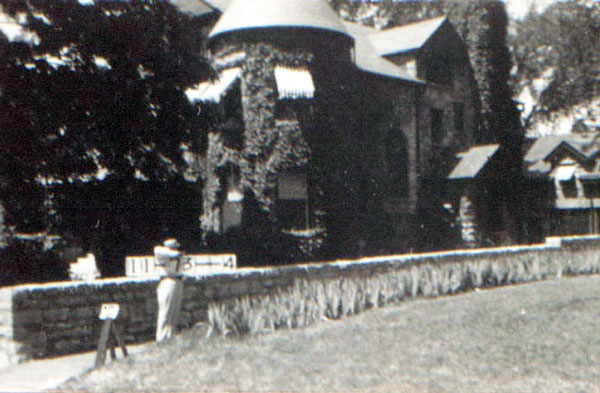
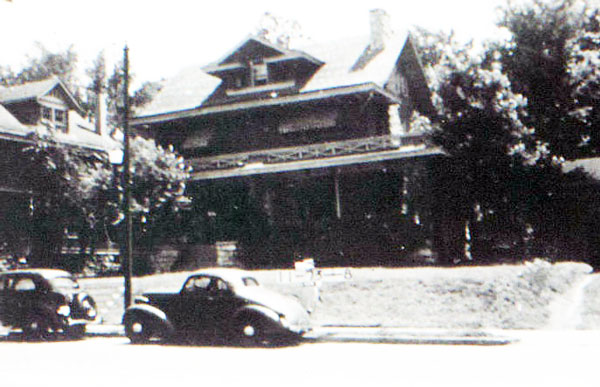
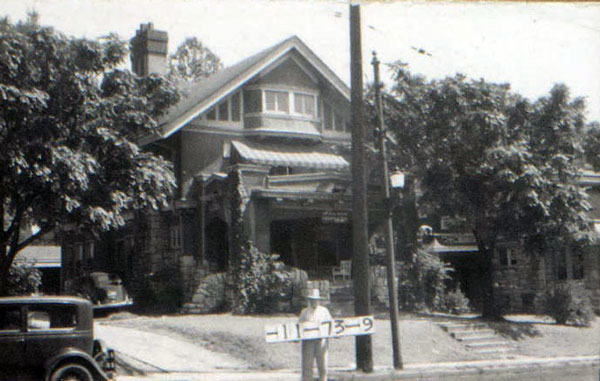
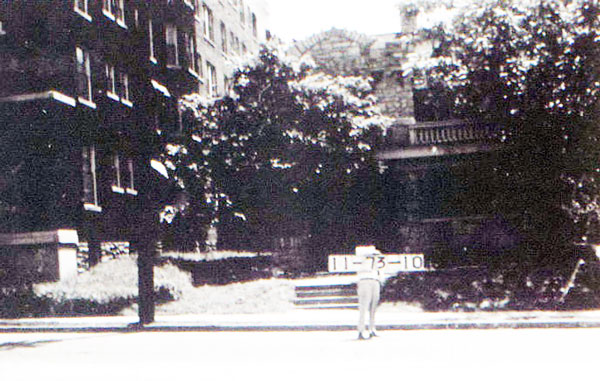
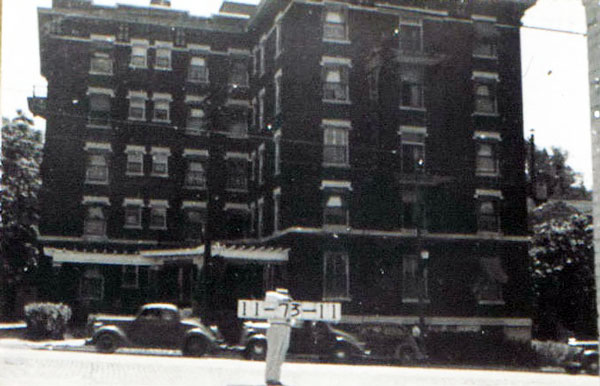
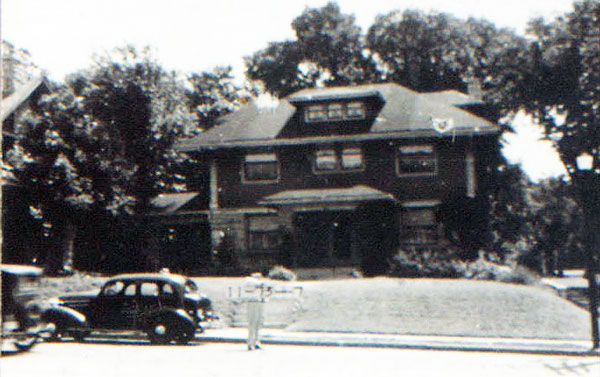

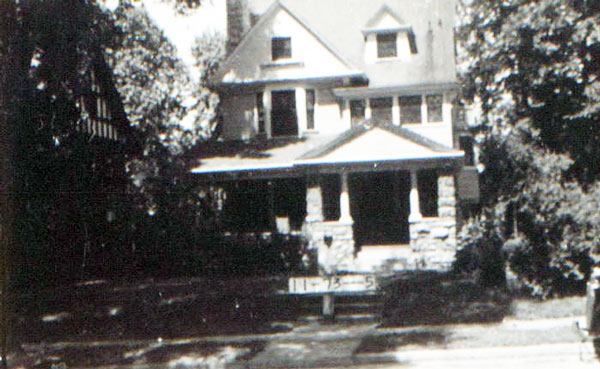
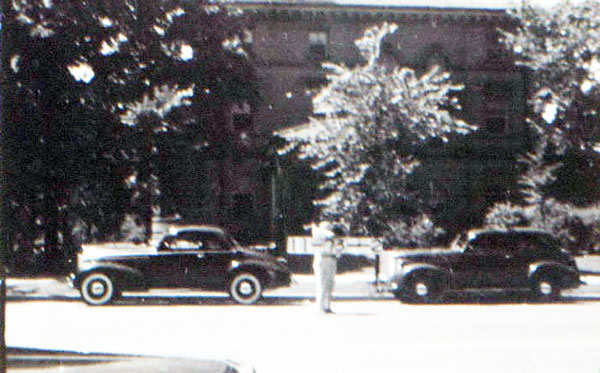
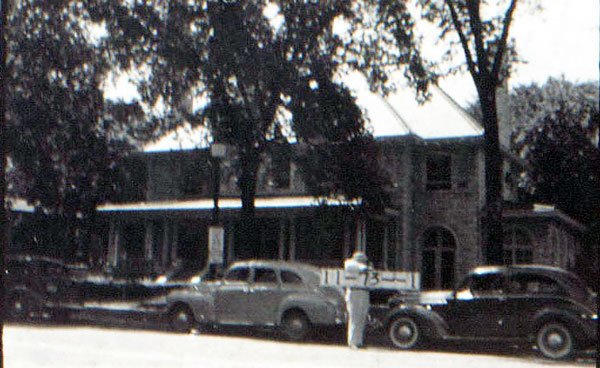
Historic photos courtesy Kansas City Public Library/Missouri Valley Special Collections.
Do y
Pingback: Top stories of 2016: Midtown neighborhoods rich with history | Midtown KC Post